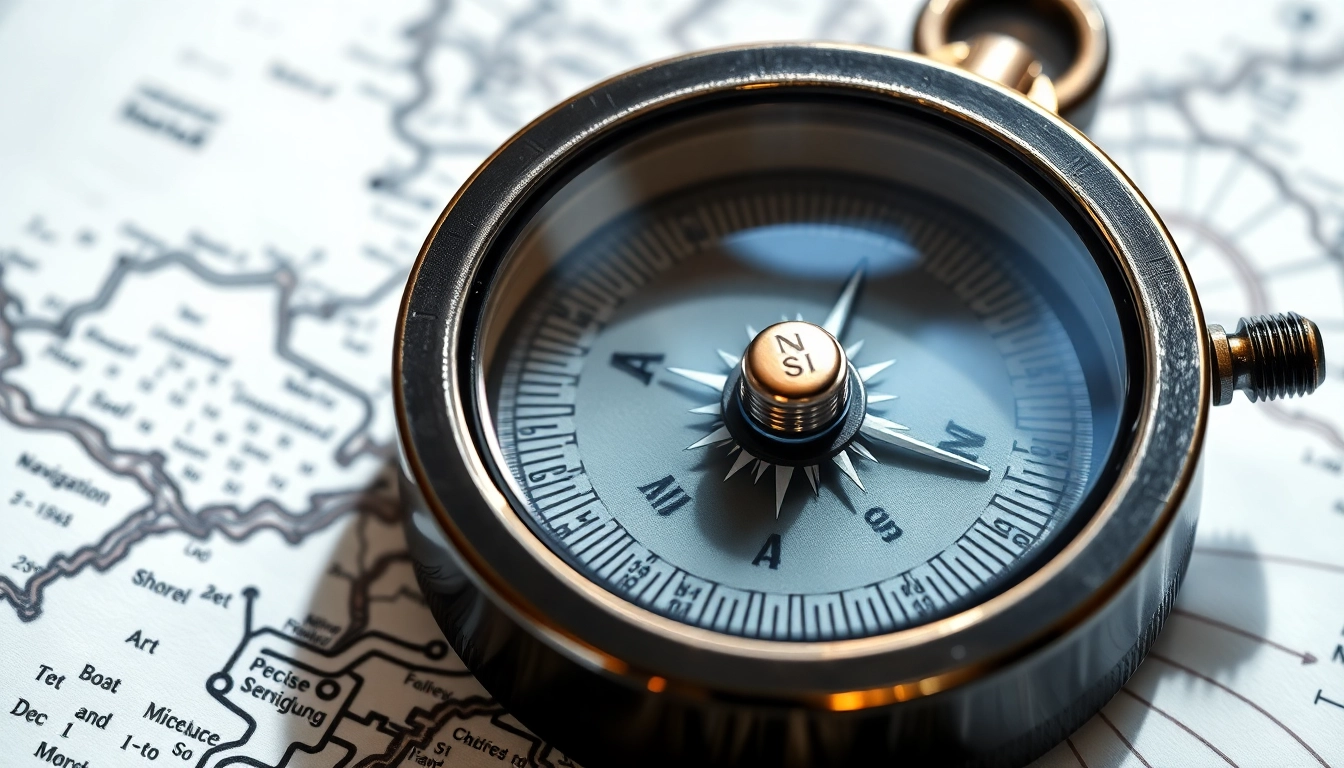Understanding Boots Versegelung: Mastering Marine Navigation Accuracy
Effective navigation is the cornerstone of safe and successful sailing. Among various techniques employed by mariners, Boots Versegelung — or boat steering and positioning — holds a pivotal role, especially for those operating in challenging weather conditions or unfamiliar waters. This detailed guide delves into the core principles of boots versegelung, the tools and methods used, practical applications, and how to refine this essential skill to ensure safety and precision on the water.
1. Understanding Boots Versegelung: Basics of Marine Navigation
Definition and Importance of Boots Versegelung in Sailing
Boots versegelung refers to the process of determining a boat’s position and course by utilizing visual cues and geometric methods. Rooted in terrestrial and celestial navigation, it involves calculating the boat’s desired trajectory relative to known landmarks or celestial bodies. Its significance cannot be overstated; accurate versegelung allows sailors to update their position, correct course deviations, and avoid hazards, especially when electronic navigation tools are unavailable or malfunctioning.
For instance, seasoned sailors frequently perform a series of peilungen (bearings) to check their course against fixed points such as buoys, lighthouses, or natural features. This traditional method reinforces navigation reliability and enhances safety at sea.
To explore the intricacies of this technique, visit a detailed resource on versegelungspeilung , which provides foundational concepts and real-world examples.
Key Principles of Correct Versegelung Application
Precision in boots versegelung stems from adhering to core principles:
- Accurate Bearings: Using reliable tools such as a compass or binoculars to take precise bearings of familiar landmarks.
- Consistent Data Collection: Conducting multiple bearings from different points to confirm positioning.
- Chart Integration: Recording bearings meticulously on nautical charts and translating them into position fixes.
- Environmental Consideration: Accounting for variables like current, wind, and magnetic deviation that may influence measurements.
Mastering these principles reduces errors and enhances the reliability of navigation results.
Common Challenges and How to Overcome Them
Precision navigation often encounters issues such as:
- Unreliable Landmarks: Natural or man-made features may be obscured or change over time. Regular chart updates and choosing prominent, stable landmarks mitigate this.
- Magnetic Interference: Local magnetic anomalies can distort compass readings. Using gyrocompasses or cross-referencing with celestial navigation helps correct this.
- Environmental Factors: Fog, heavy rain, or poor visibility hinder bearing accuracy. Employing radar and AIS systems can supplement visual methods.
Strategies like redundant measurements, careful environmental assessment, and combining multiple navigation techniques bolster safety and accuracy.
2. Tools and Techniques for Effective Boots Versegelung
Essential Equipment for Accurate Peilungen
Successful versegelung relies on precise instruments, including:
- Magnetic Compass: For general heading measurements, preferably one shielded from interference.
- Binoculars: To identify distant landmarks clearly.
- Nautical Charts: Accurate, up-to-date charts are indispensable.
- Divider and Protractor: For plotting bearings and triangulating positions.
- GPS and Modern Instruments: As supplemental tools, especially under challenging conditions.
Maintaining and calibrating these tools regularly ensures measurement reliability.
Step-by-Step Guide to Conducting a Versegelung
Performing a traditional versegelung involves:
- Identify Prominent Landmarks: Choose distinct, stable features visible from your position.
- Take Bearings: Use a compass and binoculars to measure the angle of the landmark relative to your heading.
- Record Data Carefully: Document the bearing, date, time, and environmental conditions.
- Plot Bearings on Chart: Draw lines from the landmarks at the measured bearings.
- Determine Intersection Point: The crossing point of the bearings indicates your approximate position.
Repeat these steps from different locations if possible to refine the position fix.
Using Modern Navigation Instruments vs. Traditional Methods
While traditional tools form the backbone of versegelung, modern navigational devices such as electronic compasses, GPS, and AIS significantly enhance accuracy and ease. Nevertheless, understanding and mastering manual methods ensure resilience against technological failures, especially in remote or challenging environments.
3. Implementing Boots Versegelung in Real-World Scenarios
Practice Exercises to Improve Your Skills
Regular practice cements the competence of boaters in versegelung. Suggested exercises include:
- Night navigation exercises using celestial objects and minimal light sources.
- Simulated position fixing using only a compass and landmarks.
- Chart plotting exercises with varied environmental conditions to account for currents and wind effects.
Integrating Versegelung with Other Navigation Strategies
Combining visual bearings with GPS and electronic navigation systems creates a robust fail-safe approach. Use GPS for initial positioning, then validate and adjust with manual bearings to improve accuracy. Combining terrestrial navigation with celestial methods further enhances reliability in offshore scenarios.
Case Studies of Successful Navigation Using Versegelung
One notable example involves a sailing vessel navigating through fog with minimal electronic support. By systematically taking bearings on known landmarks and plotting them accurately, the crew successfully maintained their course without reliance on modern GPS, demonstrating the enduring value of traditional techniques.
4. Maintaining and Evolving Your Navigation Skills
Regular Training and Updating Techniques
Constant practice through simulations, training courses, and real-world experience keeps skills sharp. Attending maritime navigation workshops and reviewing updated charts and tools ensures skills evolve with technological advances.
Handling Difficult Weather and Environmental Conditions
Adverse weather like fog, rain, or storms necessitates reliance on backup navigation methods. Employ radar, depth soundings, and sonar to complement visual bearings. Adjusting for environmental factors like tide and current is essential for precise location fixing.
Advancements in Navigation Technology for Boats
Emerging technologies such as integrated chartplotters, AIS, and autonomous systems are transforming marine navigation. Professionals emphasize mastering manual methods as a foundation, as technology can fail or be compromised under certain conditions.
5. Expert Tips and Resources for Mastering Boots Versegelung
Recommended Reading and Courses
Start with authoritative texts on navigation such as “Celestial Navigation” by David Burch or “Marine Navigation and Weather” by Peter R. Shreaves. Enrolling in practical navigation courses offered by maritime institutes enhances hands-on competence.
Cheat Sheets and Navigation Checklists
Keep handy laminated cheat sheets summarizing key procedures, abbreviations, and step-by-step guides. Checklists for pre-departure, during navigation, and post-arrival ensure consistency and reduce errors.
Consulting with Navigation Professionals
Engaging experienced mariners or professional instructors provides insights, troubleshooting tips, and personalized feedback, all vital for mastering complex techniques like versegelung.


